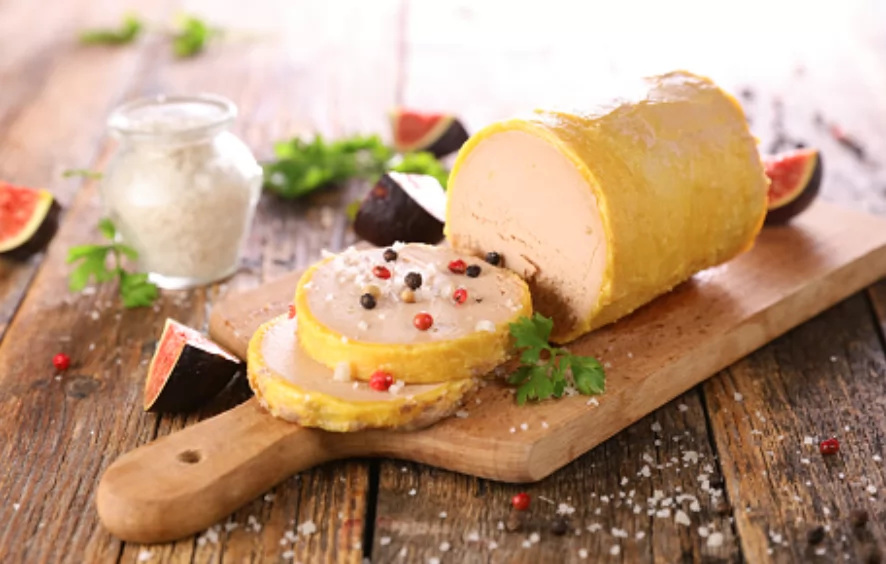Detailed content of our market study
 Inforamtion
Inforamtion
- Number of pages : 35 pages
- Format : Digital and PDF versions
- Last update :
 Summary and extracts
Summary and extracts
1 Market overview
1.1 Definition and presentation
Foie gras is a food product obtained from the liver of a duck or goose fattened by a process called gavage, with corn and a feeding tube, although it is also possible to produce foie gras using their natural diet in Spain. Foie gras is a delicacy, often eaten on special occasions such as birthdays and anniversaries.
In Europe, foie gras production is dominated by France, which accounts for almost three-quarters of the total, ahead of Hungary, Bulgaria and Spain. Nearly 20,000 tons of foie gras are produced in Europe, some of which will be exported in 2021. (Euro Foie gras)
In terms of consumption, however, Spain will be the world's second largest consumer by 2021 , with a wide variety of players involved, including farms, slaughterhouses, processing plants and food distributors(Interpalm)
The market is structured around the processing and marketing of foie gras from palmipeds, mainly ducks and geese. It brings together breeders, specialized/general slaughterhouses and food processing companies that transform and package the livers into finished products.
The foie gras market faces numerous challenges in terms of image, animal health and a certain mistrust of farming conditions on the part of younger consumers. Despite these challenges, foie gras retains its luxury image and its appeal on special occasions.
All our studies are available online in PDF format
Take a look at an example of our research on another market!
 Choosing this study means :
Choosing this study means :
Access to more than 35 hours of work
Our studies are the result of over 35 hours of research and analysis. Using our studies allows you to devote more time and added value to your projects.
Benefit from 6 years' experience and over 1,500 industry reports already produced
Our expertise enables us to produce comprehensive studies in all sectors, including niche and emerging markets.
Our know-how and methodology enable us to produce reports that offer unique value for money.
Access to several thousand articles and paid-for data
Businesscoot has access to all the paid economic press as well as exclusive databases to carry out its market research (over 30,000 articles and private sources).
To enhance our research, our analysts also use web indicators (semrush, trends, etc.) to identify market trends and company strategies. (Consult our paying sources)
Guaranteed support after your purchase
A team dedicated to after-sales service, to guarantee you a high level of satisfaction. +44 238 097 0676
A digital format designed for our users
Not only do you have access to a PDF, but also to a digital version designed for our customers. This version gives you access to sources, data in Excel format and graphics. The content of the study can therefore be easily retrieved and adapted for your specific needs.
 Our offers :
Our offers :
the foie gras market | Spain
- What are the figures on the size and growth of the market?
- What is driving the growth of the market and its evolution?
- What is the positioning of companies in the value chain?
- Data from several dozen databases
5 reports pack (-15%) ES Spain
- 5 reports at €75.6 excluding VAT per study to choose from our Spanish catalogue for 12 months
- Save 15% on additional studies purchased
- Choose to be refunded any unused credit at the end of the 12-month period (duration of the pack)
See the terms and conditions of the pack and the refund of unused credit.















